
History of Jamnagar
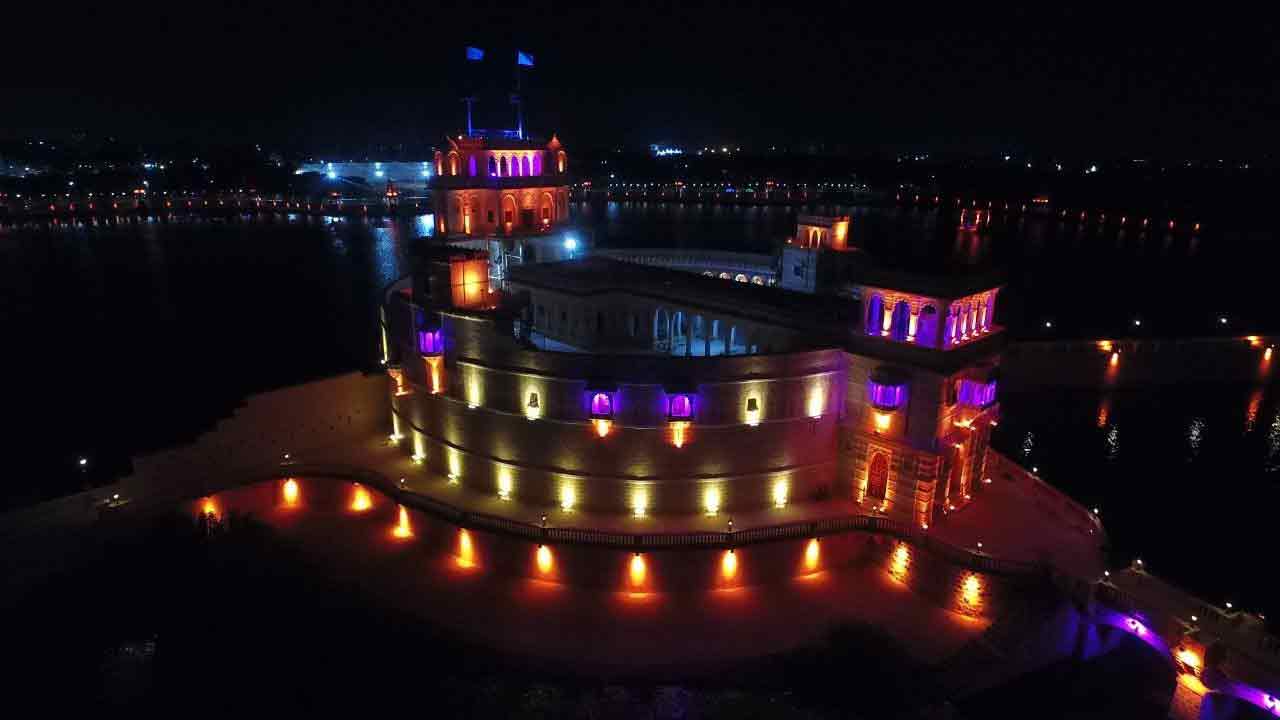
History of Jamnagar
Welcome to the oyster of India. The pearl that awaits you, formed over the ages, is not the perfectly round and smooth one on a string, painted in royal portraits, but a rough, bustling, noisy one. Layer after layer has been laid on what used to be a tiny fishing settlement: pearl fishing, in one of the largest fisheries in the world; bandhani, the traditional fabric dyeing technique; master silver artisans; a series of Jams or rulers, who brought prosperity, glory in the world of cricket, and a Nature Conservation Park; an overflow of holy places for worship of different faiths; and a crumbling old city full of stories.
At the center of the pearl city waits an island fort in a lake, where humans enjoying kulfi share space with flocks of birds enjoying the breeze. At the sea, where oil refineries quickly gobble up the coastline, waits the spectacular and heroic Marine National Park and Sanctuary, the last vestiges of protection from human expansion.
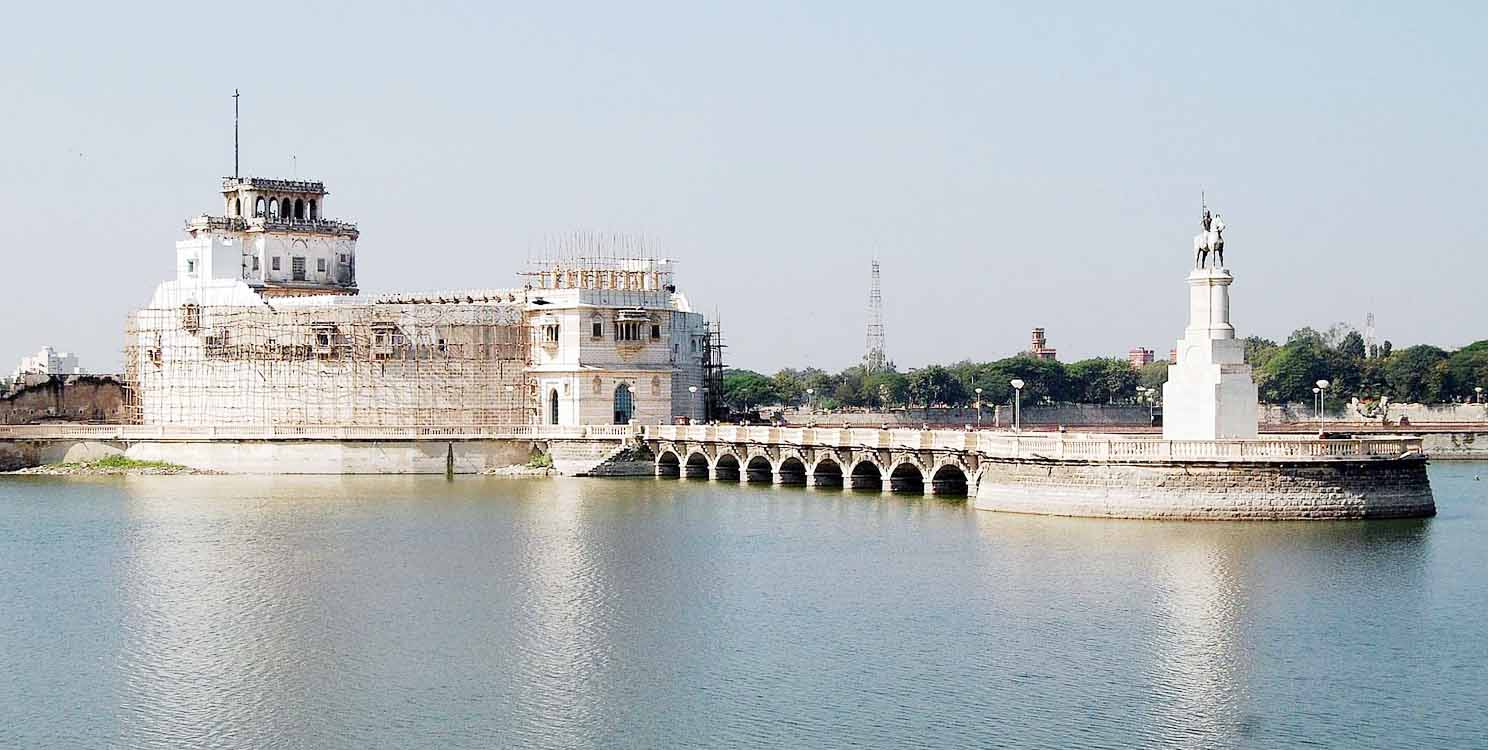
Lakhota Talav
Every year about 75 species of birds, including pelicans, flamingos, spoonbills, ducks, terns, and gulls, descend on this lake, making it a lively birdwatching site, a pleasant surprise in an urban center. The lake is most lively in the evenings, when people relax around the lake to enjoy the breeze and a chai, kulfi, or chaat from one of the many food stands, and at night the lake is beautifully lit. You can go for a 15-minute boat-ride around it, or rent a paddle boat. Around the lake there are parks, a night market for vegetables and even a small zoo.
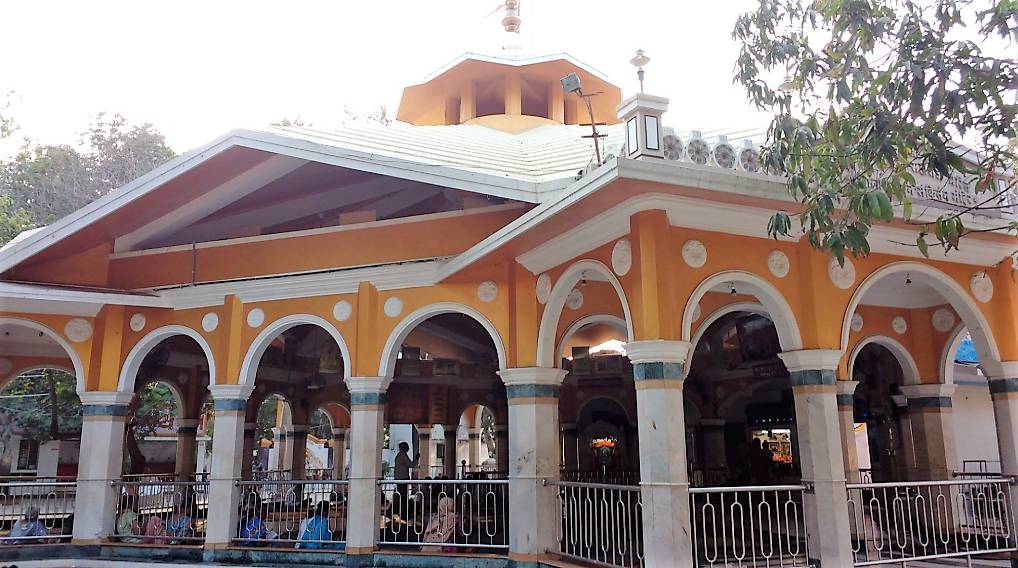
Bala Hanuman temple
On the southeast corner of the lake is the Bala Hanuman temple, famous for its continuous chanting of the “Sri Ram, Jai Ram, Jai Jai Ram” since August 1st, 1964, for which it is even listed in the Guinness Book of World Records. You can visit the temple to be witness to their prolonged act of religious devotion and even join in if you wish to contribute to the effort, especially at night, during the more difficult sessions.
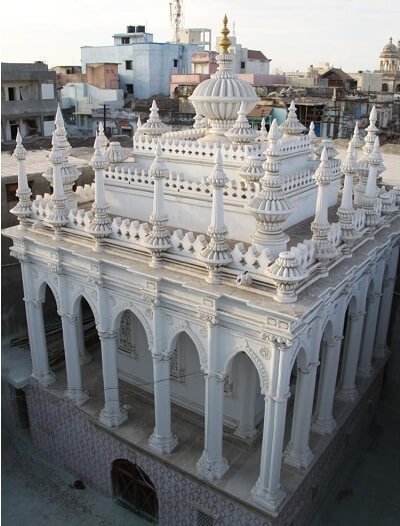
Ratan Bai Masjid
In the center of old city is this old mosque, a structure hard to miss with its two towering green and white minarets. Its doors are made of sandalwood, inlaid with mother-of-pearl. It has its own rainwater harvesting system, with a tank holding water for ritual washing before namaaz.
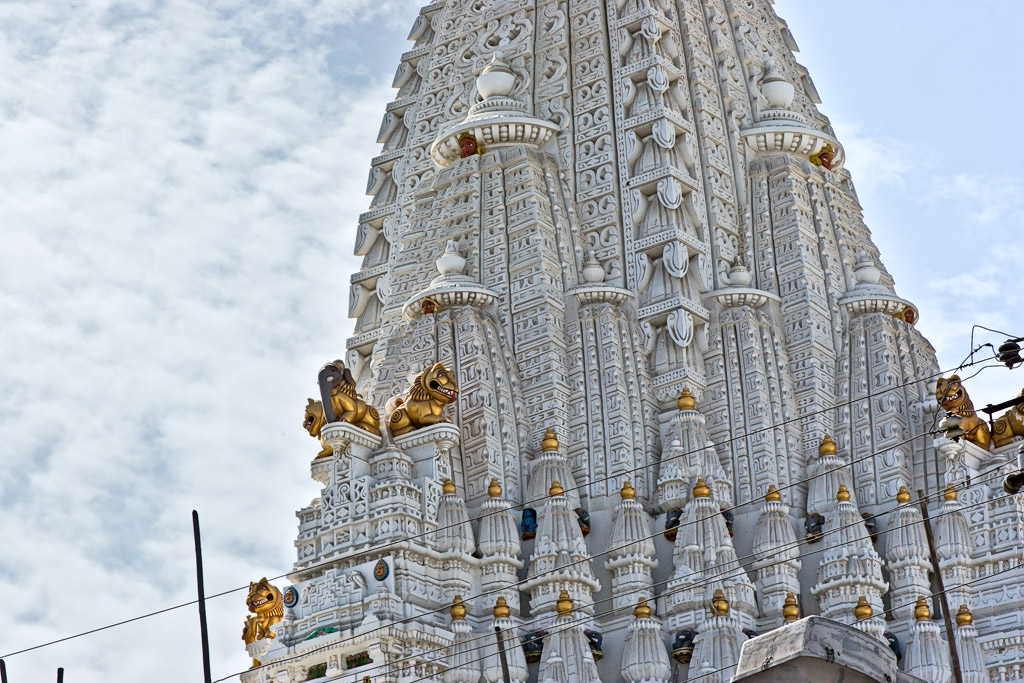
Jain temple triad
South of the mosque are three Jain Temples, built between 1574 and 1622, the most intricate of which is Raisi Shah’s temple, dedicated to the tirthankar Shantinath, with a sanctum dome decorated with gold inlay work. Its various chambers, elaborate geometric patterns in the marble floors, many with mirrored ceilings, ask for a few hours of time, preferably in the morning. Next is the Vardhman Shah temple, dedicated to the tirthankar Adinath, a more simple structure but also more vibrant in color. The third temple of the triad is smaller, but also interesting. Opening hours for the temples are supposed to be from 5:30am-1pm and 3:30pm-9pm. These timings vary, but you can usually find a caretaker to let you in anyway.
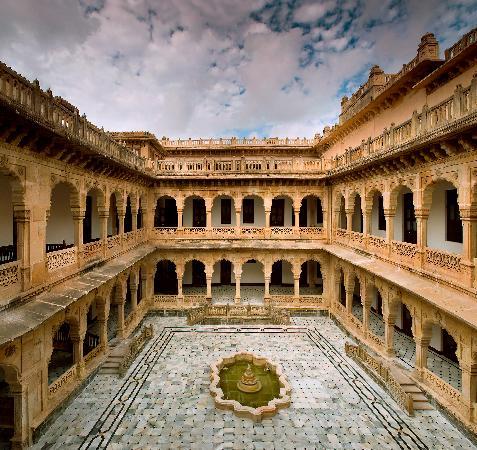
Darbar Gadh
East of Chandi Chowk is Darbar Gadh, the old royal residence, built in 1540 but extended over the years as can be seen by the mix of architectural styles, also representing the fusion between Rajasthani and European elements. The building is now empty except for guards. There is a semi-circular area outside where former Maharajas of Nawanagar once gathered and held public audience.
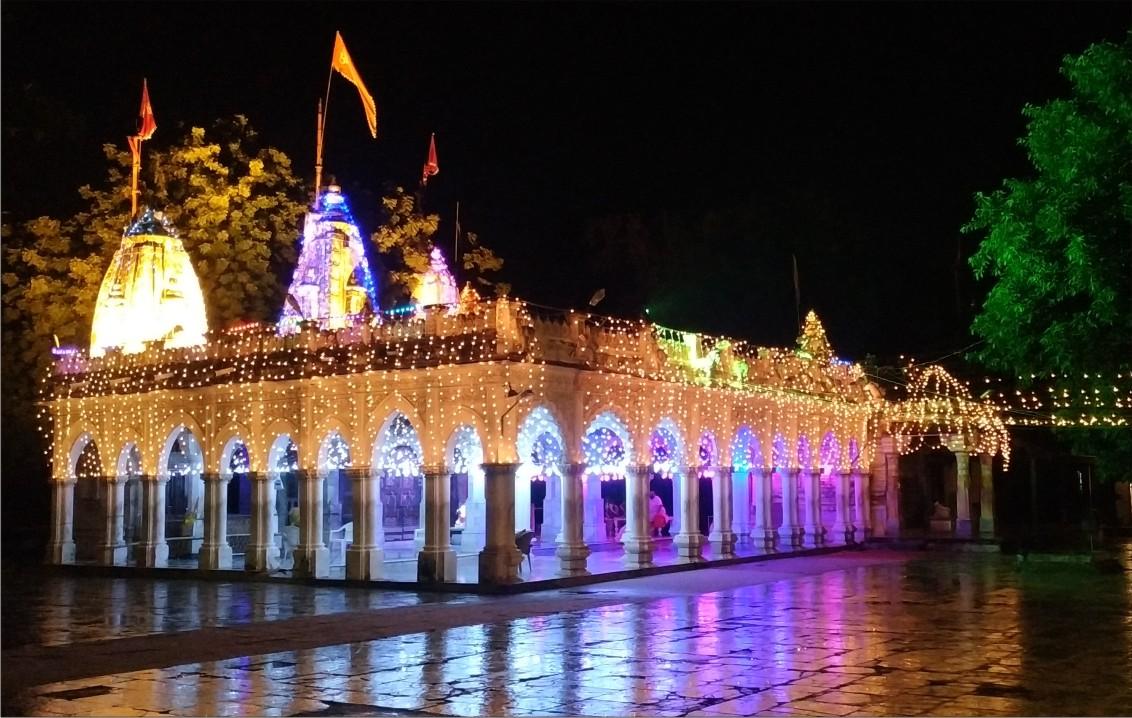
Bhidbhanjan Temple and Parsi Agiari
Near Bedi Gate, west of the town hall is the Bhidbhanjan temple. The temple displays a local style though it was built in a period where most structures were constructed with a western influence. The intricate silver work on the doors is a testament to the craftsmanship that is found in Jamnagar even today. Next to the temple, is the Parsi Agiari (Fire Temple), though as with all Fire Temples, it is not open to visitors. Eastwards, across the street from the supermarket, on the other side of various tourist facilities, is the tiny doorway to the Swaminarayan temple, which has a beautiful floor, ceilings and dome. The best time to visit might be during the aarti, which is usually at 7pm.
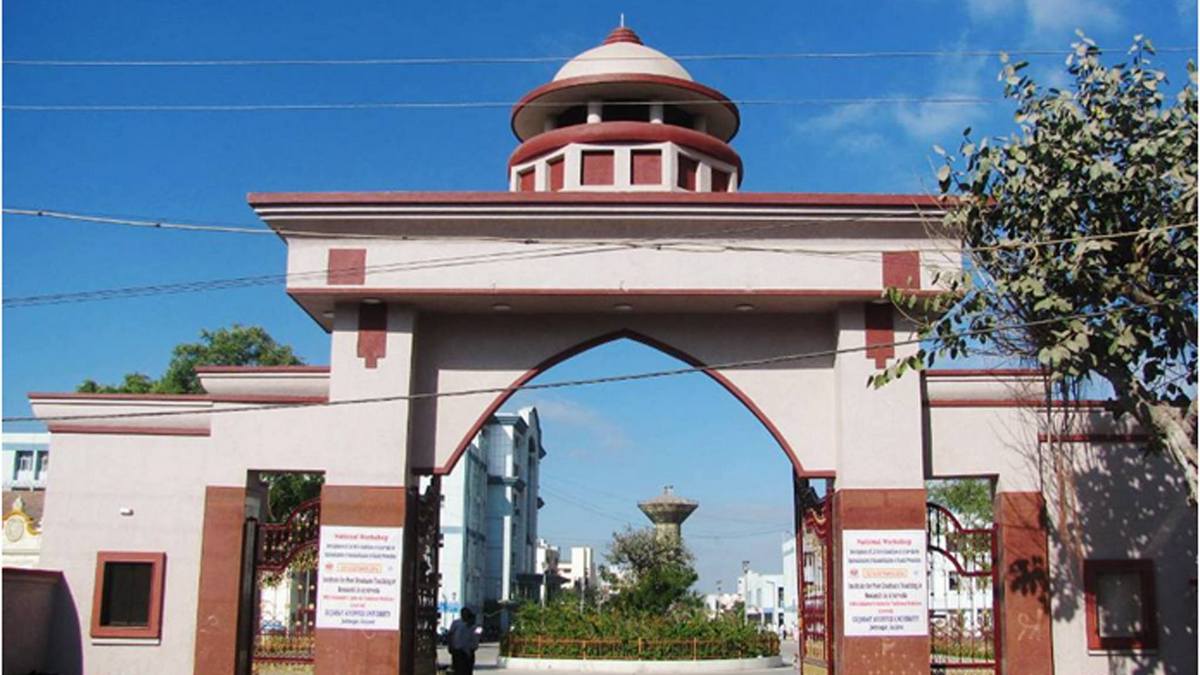
Gujarat Ayurved University
Further down the road from the Solarium, you can find Gujarat Ayurved University, the largest Ayurvedic teaching center in Gujarat. It was established in 1967, following a history of staunch support for Ayurvedic medicine from the rulers of the original princely state of Nawanagar. There are a number of departments and programs, including Yoga & Naturopathy Education and Research wing. There are also courses for foreign students, both short-term and long-term. The university has two hospitals with free medicine and consultation, and grows many of its own medicinal herbs.
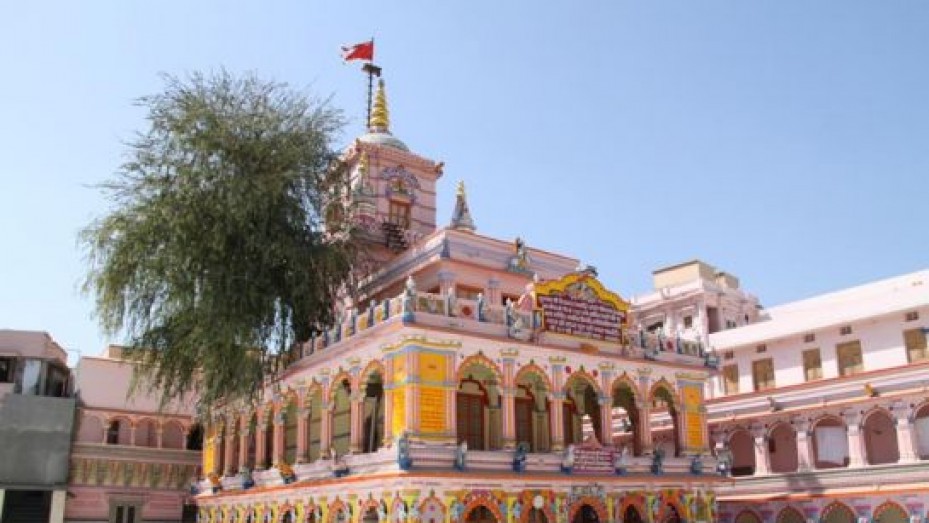
Khijada Temple
The Khijada temple is the founding site of the Pranami sect that, while based in Hinduism, promotes unity of all religions. The temple structure is built around two 400-year-old sacred trees. The name of the sect comes from the word pranam, or an acknowledgement of the divine in each being, demonstrated by a greeting of folded hands. The priest and many members of the community are involved in various social service activities, including HIV/AIDS prevention. These activities are open to newcomers, so if you’re interested, or even just want a more detailed history of the temple community, ask for Shri Surendraji, a resident monk, or Navinbhai Parikh.
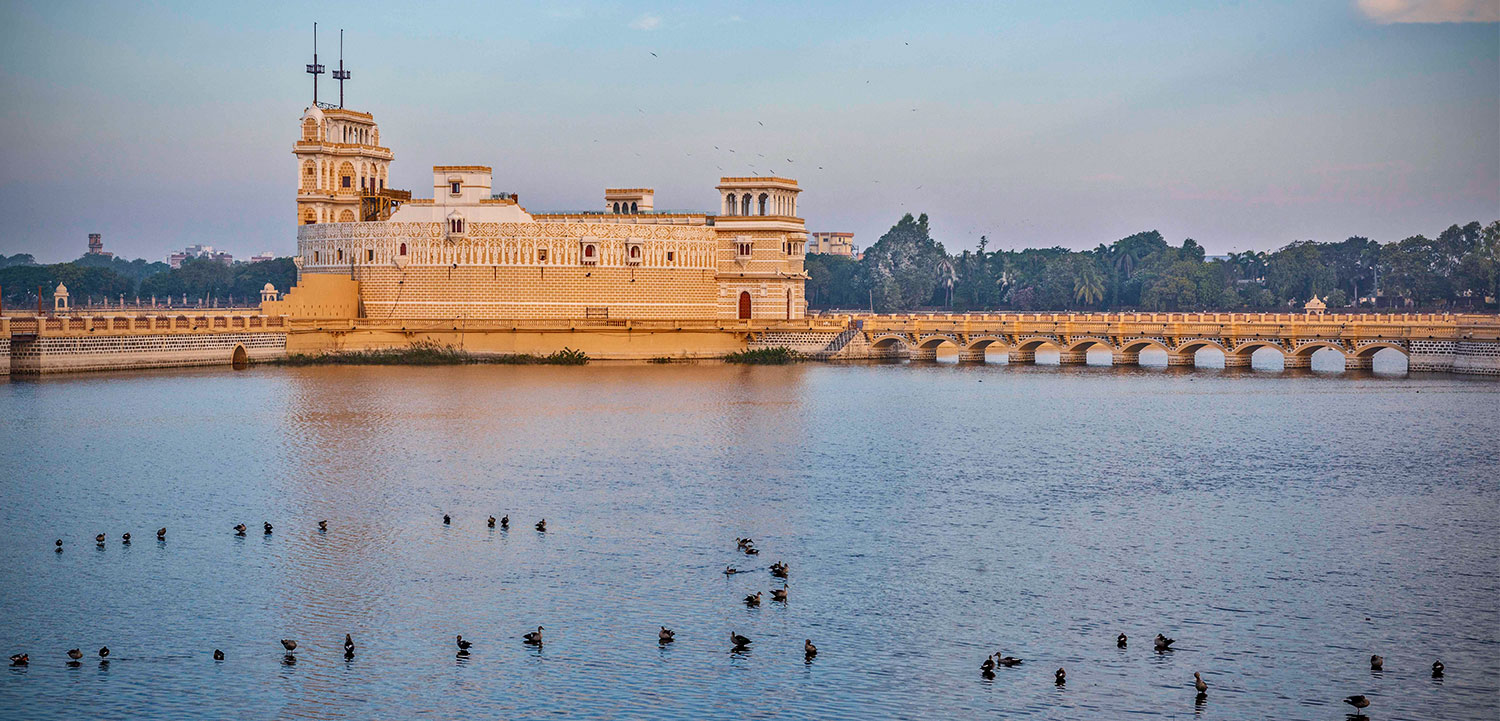
Rozi port and Bedi port
These ports make great daytrip spots for seaside picnics or fishing. They are accessible by ferry from Nava Bandar, 3km from Jamnagar.
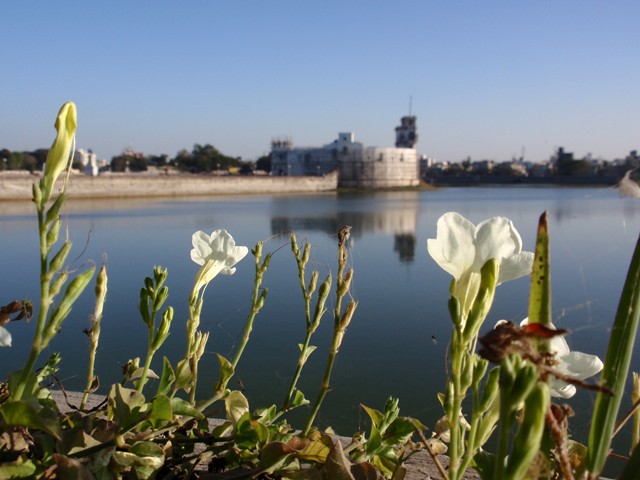
This protected area packs in an incredible diversity of ecosystems into the relatively small area of 6 square km. The sanctuary, created over the 1920s and '30s, is formed from two man-made dykes that separate fresh water from sea water, creating the opportunity to simultaneously observe species that belong to each ecosystem, and some that share both. Along with the marine and fresh water habitats, there are also marshy lands, mangroves, Prosopis areas, mudflats, salt pans, creeks, forest scrub, sandy beaches, and even farmlands bordering the area. This provides a haven for more than 220 species of resident and migratory birds, including globally threatened species such as Dalmatian pelican, Asian open bill stork, Black-necked stork, Darter, Black-headed ibis, Eurasian spoonbill, and Indian skimmer, and provides birdwatchers with a delightful chance to sight rare birds in large numbers.
There are no overnight lodges, but facilities include watchtowers, trails, and paddleboats, to help visitors engage with this diverse community. As a visitor, keep in mind that conservation in any area is a difficult process, and that in Khijadia there have been complications with how water is used by local cultivators which affect the ecosystem within the tiny protected area, so if you’re interested, you can ask around about the issues, and find out what impact even your own visit has on the process.
How to Reach to Jamnagar
By Air
There is an airport 10 km from town, so it’s a relatively inexpensive rickshaw or taxi ride. Various domestic airlines connect Jamnagar to Mumbai.
By Rail
There are daily trains on the Western Railway with direct connections to Ahmedabad.
By Road
State transport buses and private luxury coaches connect Jamnagar with various centres of Gujarat. If you’re coming from Rajkot on bus, the bus passes right through town before reaching the bus station, so you can ask to be let off at Bedi Gate.



Post ReviewPraising pain was born give you a complete.